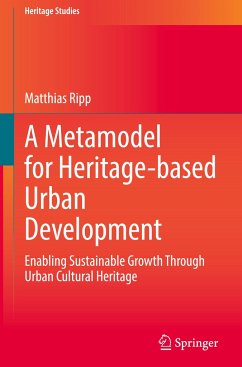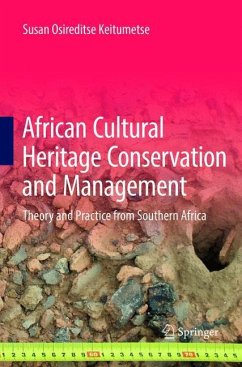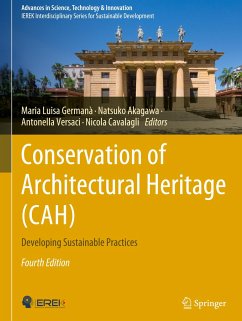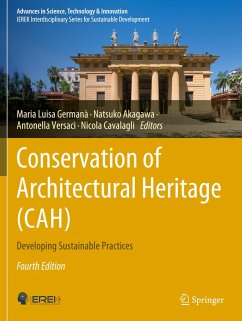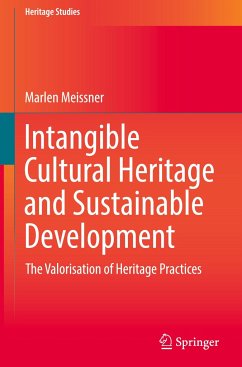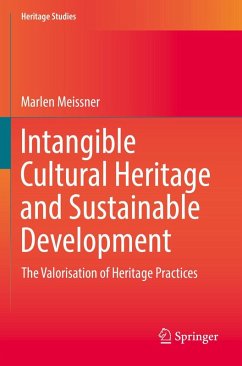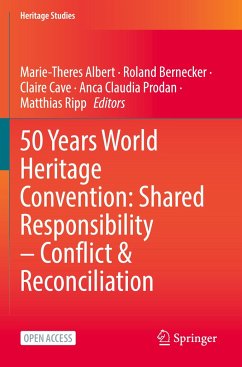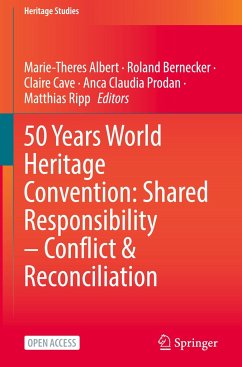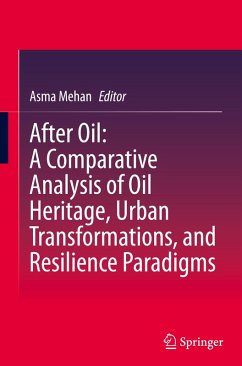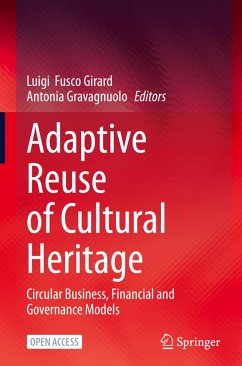
A Metamodel for Heritage-based Urban Development
Enabling Sustainable Growth Through Urban Cultural Heritage
Versandkostenfrei!
Versandfertig in 6-10 Tagen
76,99 €
inkl. MwSt.
Weitere Ausgaben:

PAYBACK Punkte
38 °P sammeln!
This book proposes a Metamodel for heritage-based urban development, based on urban morphology, governance theory, and the metamodeling concept of John P. Van Gigch. Building on international policies such as the 2011 Recommendation for Historic Urban Landscapes and the results of the 2016 Urban Habitat III Conference, cultural heritage is now regarded as a potential resource for sustainable urban development. While more and more evidence of the potential benefits of cultural heritage for sustainable development has been published, this book is the first to develop and design a Metamodel that ...
This book proposes a Metamodel for heritage-based urban development, based on urban morphology, governance theory, and the metamodeling concept of John P. Van Gigch. Building on international policies such as the 2011 Recommendation for Historic Urban Landscapes and the results of the 2016 Urban Habitat III Conference, cultural heritage is now regarded as a potential resource for sustainable urban development. While more and more evidence of the potential benefits of cultural heritage for sustainable development has been published, this book is the first to develop and design a Metamodel that can be universally applied in a wide variety of settings.
The Metamodel was developed using grounded theory and design research methodology and is based on three successful case-models from European contexts. The book includes three application scenarios that elaborate how the metamodel can be used to design, evaluate, and improve processes where cultural heritage is a starting pointforsustainable urban development.
The Metamodel was developed using grounded theory and design research methodology and is based on three successful case-models from European contexts. The book includes three application scenarios that elaborate how the metamodel can be used to design, evaluate, and improve processes where cultural heritage is a starting pointforsustainable urban development.



